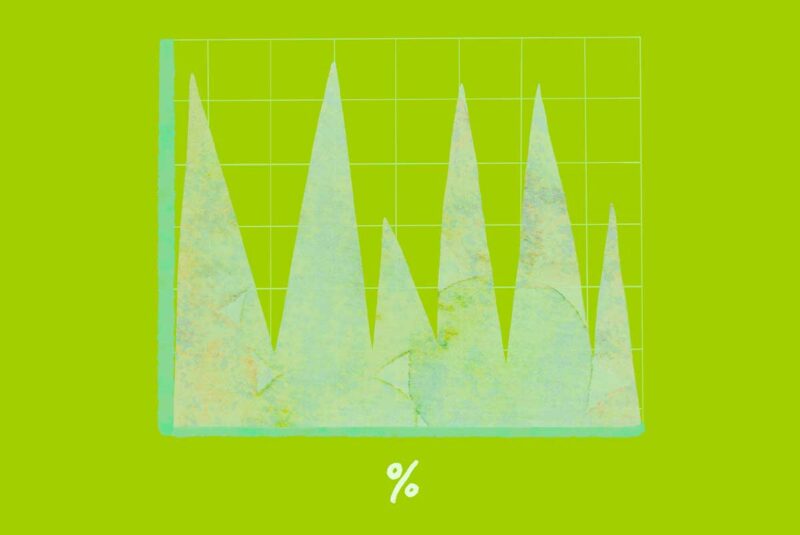There are four basic options for dealing with an old employer sponsored plan. Cast it out, keep it where it is, roll it into your new employer’s plan, or roll it over to an IRA. Know the advantages and disadvantages of each before making your decision.
You’ve been saving diligently into your employer sponsored retirement plan, most commonly known as a 401(k). But now you are leaving after years of dedicated service for another opportunity at a different company. After you get settled in at your new job one of your priorities should be figuring out what to do with your old 401k. I have some opinions on where it should go but I will lay out all of your options so you can decide what works best for you.
Cash out and close the account
This is the instant gratification option. All that money you saved up could buy you a new car, take a long deserved vacation, or remodel your outdated kitchen. DON’T DO IT! This is in my opinion the worst thing you could do. Remember the money is there for retirement. If you use it for anything besides retirement there are penalties, taxes, and worse the money can no longer grow over the next 10, 20, 30+ years.
PROS👍
CONS👎
Roll Savings into an IRA
This is my favorite options because the money is now in your complete control and out of the clutches of your former employer. That alone is enough to get me to move it out but you also have access to many more investments at lower costs and greater flexibility in what you can do with the money e.g. convert to a Roth. You money can now continue to grow while maintaining the valuable tax deferred status.
PROS👍
CONS👎
Keep the Money Right Where It Is
You might not have to do anything with your 401k plan. Most employers allow you to keep your money in the plan. Just because you are able to do it doesn’t mean you should do it but sadly most people either don’t care or don’t know how to move their money it stays right where it is. While this is a better option than cashing out I still think rolling the money into an IRA is the better way to go.
PROS👍
CONS👎
Roll Account into New Employer Account (401k to 401k Rollover)
This is just moving your account from your old 401k to your new 401k. I like this because it consolidates your accounts but you still have the same limitations as your old 401k, limited investment choices, less liquidty, less liquidity, less flexibility.
PROS👍
Can continue to make contributions and grow your retirement assets
CONS👎
The best thing to do is consult with a fee-only financial advisor to discuss your options and how they will affect your personal financial situation. For what it’s worth for every employer I have ever worked for and left I have rolled my old 401k account into an IRA. Feel free to reach out if you have questions about what to do about your old employer sponsored plan.
Phillip Christenson, CFA is a financial advisor and co-owner of Phillip James Financial, a fee-only financial planning company located in Minnesota. He also operates the affiliated tax practice PJF Tax, which provides tax planning and tax preparation services for wealth management clients.
The Short Version
- Roll Savings into an IRA - The money is now in your complete control.
- Keep the Money Right Where It Is - Most employers allow you to keep your money in the plan.
- Roll Account into New Employer Account (401k to 401k Rollover) - r old 401k to your new 401k.




